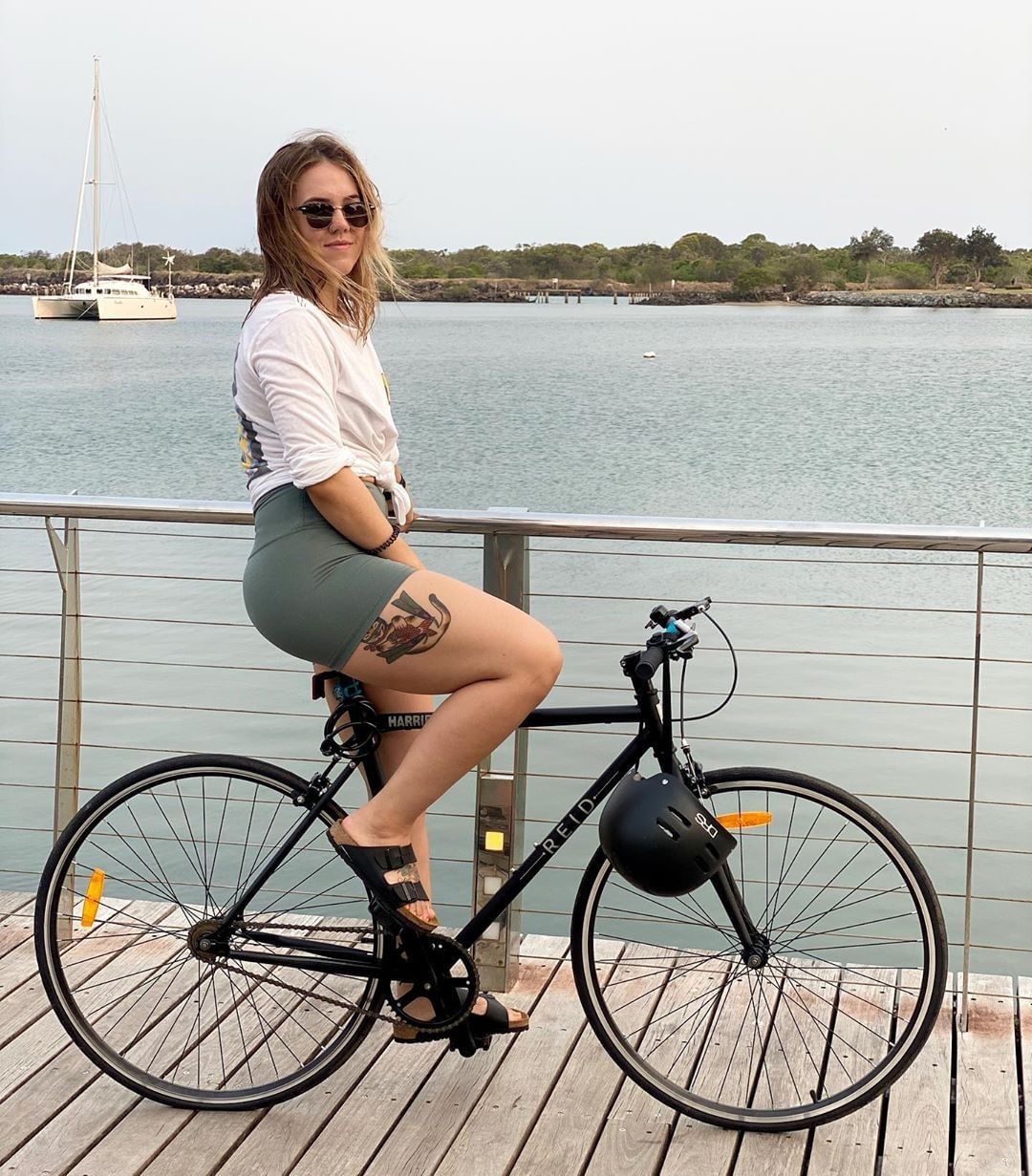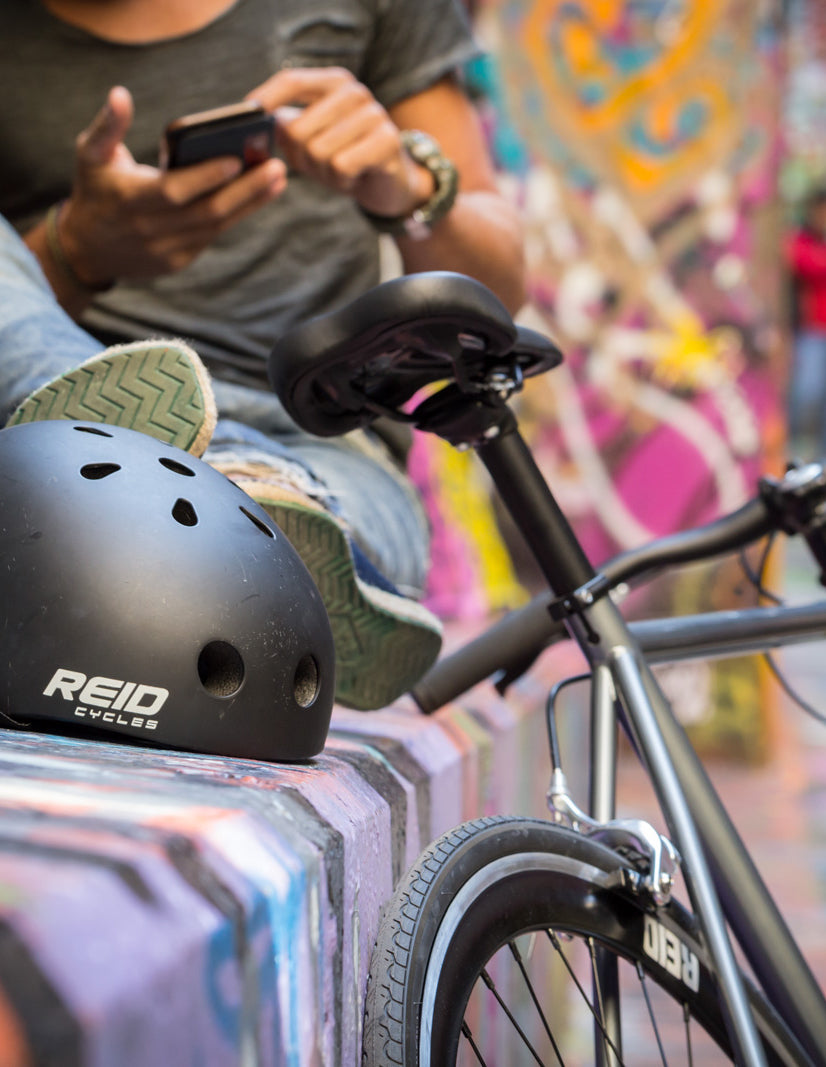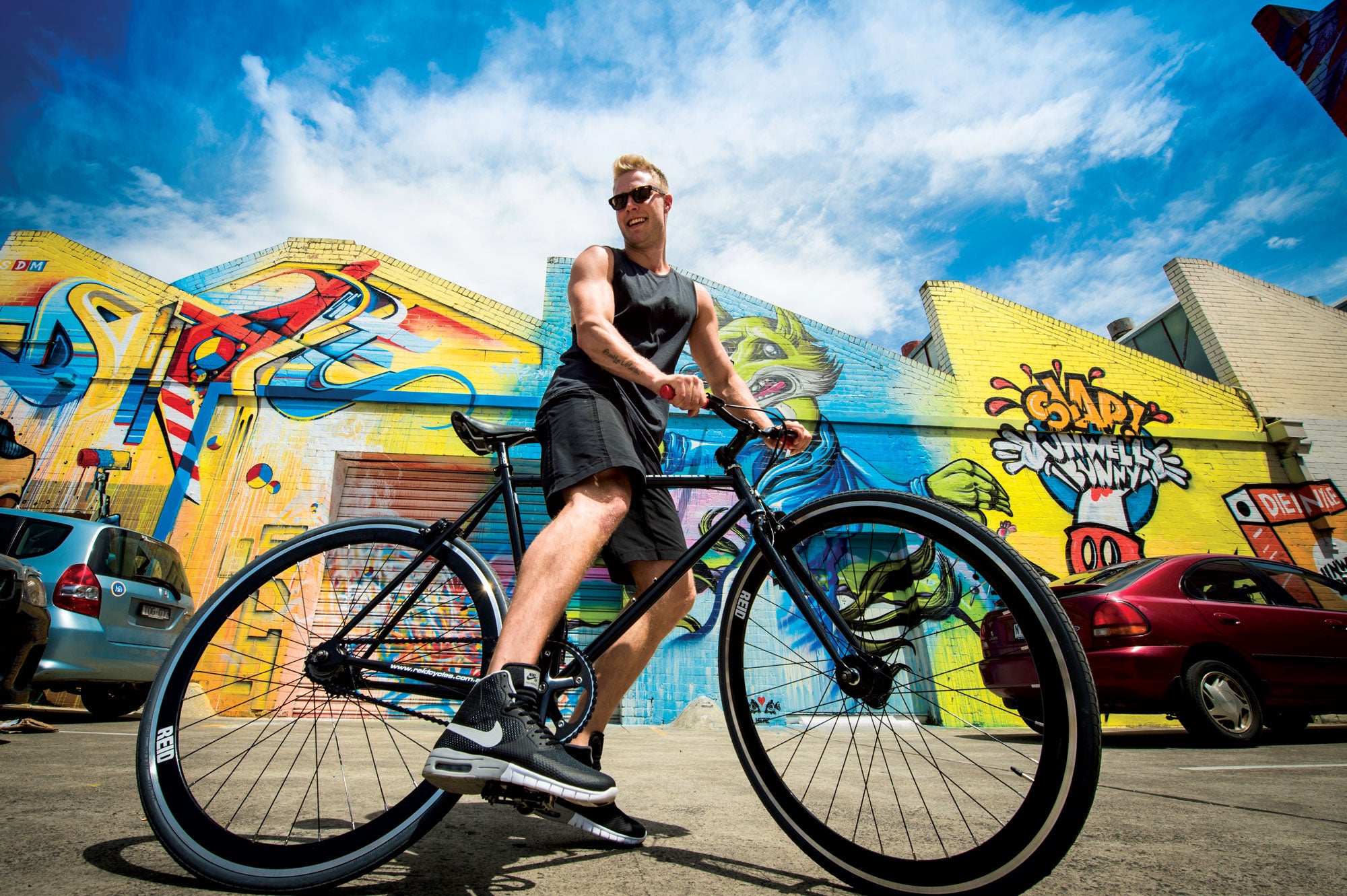So what's the difference between a Singlespeed Bike and a Fixie?
They look similar and neither setup has any gears to change, but there are significant differences you need to be aware of when choosing how to run your new bike.
Essentially, singlespeed bikes are fitted with a freewheel cog (that spins independently of the pedals like a “normal” bike) while on a fixie this rear cog is joined (or fixed) with the rear hub. This means that when a fixie wheel turns, the cog (and crank arms and pedals) will turn too.
Fixies can take some getting used to, so most of our range is only available as singlespeed. If you want the freedom to switch to a fixie setup though – check out the Harrier 2.0. This bike is set up as a singlespeed when sold new but features a flip-flop hub so you can choose to convert your bike to a fixie if you prefer.
A flip-flop hub means that the rear wheel has a fixed gear sprocket on one side and a freewheel sprocket on the other side. Remove and turn the wheel around to change.

Singlespeed Bikes
The rear cog on a single speed bike is a freewheel – meaning it can spin independently of the hub.
This means that when you pedal, the cranks this will drive the rear hub to turn as on a regular bike; but when you stop pedalling, the rear wheel can continue to spin without moving the crank arms. This essentially means you can coast along without moving your legs.

Fixed Gear (Fixie) Bikes
These days, you hear the word ‘fixie’ a lot, but what exactly is a fixie? Fixies or fixed gear bicycles do not have a freely independent rear cog. The rear cog is fixed to the hub of the rear wheel meaning that if the rear wheel is turning, the cog will be turning too – as will the crank arms. When riding a fixed gear bike you cannot coast, as your legs will be pedalling the whole time you’re moving.
Remember your old tricycle as a kid? The pedals were attached directly to the wheels. If the wheels turned, the pedals turned. If you pedalled forward, the wheel turned forward. If you pedalled backwards, the wheel would turn backwards.
Riding a fixie gives you a feeling of pure connection between yourself, the bike and the road as there is a direct response between the rotation of the wheels and movement of your legs. You can even ride without brakes on the bike as you can slow the bike down just by pedalling slower.
This type of riding can take some getting used to though – especially when going down hills, riding in traffic or leaning into sharp corners at speed.
4 Reasons to Choose a Singlespeed or Fixie
Depending on the type of riding you do, not having any gears on your bike gives you some real benefits:
1. Simplicity
In technical terms, you have one chainring at the front, one sprocket at the back and a chain (extra thick). That’s your whole drivetrain.
Because there are so few parts and they only do one job, they are built simply and tough. Nothing moves so there is no need to adjust and very little maintenance. No derailleur means nothing to get knocked in the bike rack at uni or when parked out front of the pub. A simple bike is an easy bike.
2. Efficiency
There is a reason all track bikes are fixed gear – a simple drivetrain offers the most efficient power transfer from your legs to the wheels. It also means a lighter bike with no extra parts. For riders who live in a flat city and ride mostly short-medium distances, this simple set up makes a lot of sense.
3. Value
Gearing is a significant expense on most bikes, and if you do longer distances or ride hills then it’s money well spent. If you remove this cost though, you get a lot more bike for your buck.
4. Style
The final reason for riding a singlespeed or fixie is style. No cables or clutter gives your bike a cleaner look with more distinct lines.
TIP: If you like the fixie style but want a few gears, check out the Harrier 3.0 with an internal Nexus 3-Speed hub!
The singlespeed and fixie style makes for a great pub bike, cheap all-rounder city ride or a winter commuter when you want to keep your nice new road bike out of the rain.


